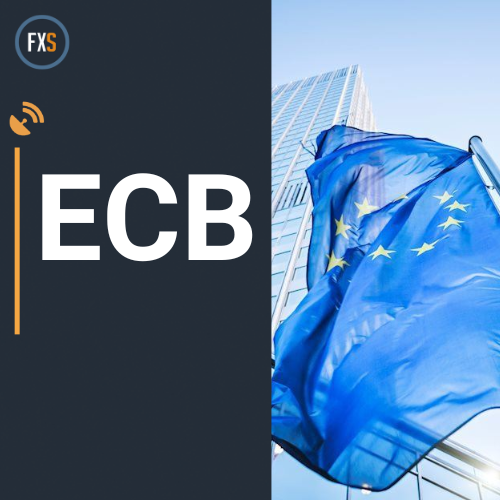Christine Lagarde, President of the European Central Bank (ECB), recently announced the ECB’s decision to lower the benchmark interest rate by 25 basis points at the October policy meeting. The decision was accompanied by key statements, including concerns about weaker-than-expected economic activity, slow investment expansion, and gradual recovery in household spending. Lagarde also mentioned that the labor market remains resilient, and inflation is expected to drop to target by 2025.
The ECB’s policy statement emphasized the need to keep policy rates sufficiently restrictive for as long as necessary to achieve their aim of supporting the economy. Additionally, the Eurosystem is reducing its portfolio through the Pandemic Emergency Purchase Programme (PEPP) at a measured pace, with plans to discontinue reinvestments under PEPP by the end of 2024. The market reaction to the ECB’s decision was relatively muted, with the EUR/USD pair trading unchanged after the announcement.
Heading into the ECB meeting, expectations were high for a 25 bps cut in interest rates. Lagarde’s press conference was closely watched for any clues regarding future policy moves. The ECB’s decision to cut rates in October was largely influenced by the recent softening of inflation, with over 90% of economists anticipating an additional rate cut in December. The Euro remained stable leading up to the ECB meeting, hovering below 1.1000 against the US Dollar.
In terms of impact on EUR/USD, Lagarde’s comments during the press conference and the policy statement could sway investor sentiment. Concerns over a worsening economic outlook in the Eurozone might lead to renewed selling pressure on the Euro, while a positive outlook could provide support. Technical analysis suggests a bearish bias for EUR/USD in the near term, with key support and resistance levels identified.
The Euro is the currency for the 19 EU countries in the Eurozone and is the second most traded currency globally. The ECB plays a crucial role in setting interest rates and managing monetary policy to maintain price stability. Key economic indicators such as inflation, GDP, and trade balance data influence the value of the Euro. For investors, understanding these factors is essential to navigate the complexities of the forex market and make informed trading decisions.










